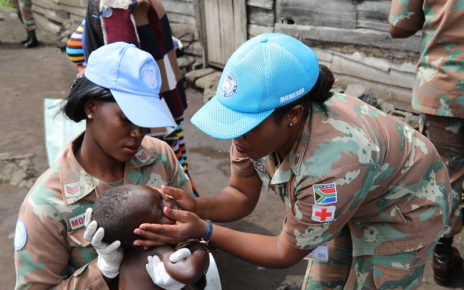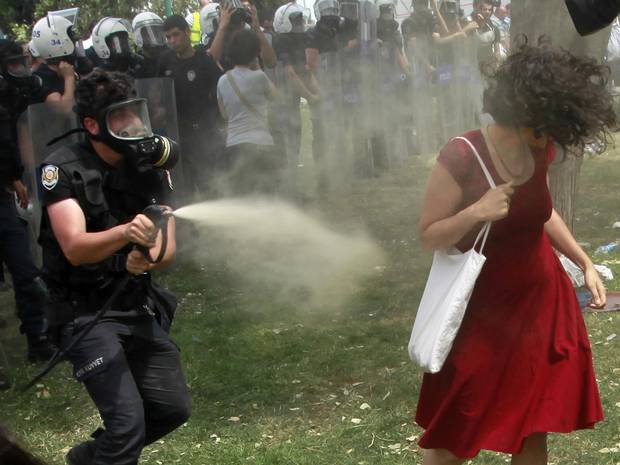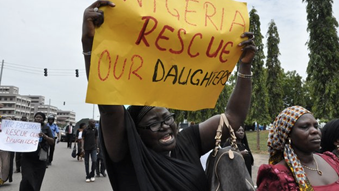On 24 September 2013, Secretary General Ban-Ki moon addressed the General Assembly and declared the empowerment and rights of women to be the main focus. The goal is to let the 21st century be the century of women. Unfortunately, achieving gender equality in the world, particularly in developing countries that have many cultural barriers, still remains a challenge. In addition, out of the 1.6 billion people who live in extreme poverty, the majority are women (approximately 70 percent).
Education
Educating girls and women is a step towards improving their lives. Several studies have highlighted the importance of gender equality in education by showing that inequality in education can negatively impact economic growth, child mortality and fertility. Investing in female education increases children’s overall well-being as educated mothers tend to invest more in their children’s nutrition, health and education. Therefore, educating girls and women promotes both individual and national well-being.
Educational opportunities have expanded worldwide for the past thirty years. Gender parity in primary school has been achieved worldwide. Developing countries noticeably improved in allowing access to primary education. Primary enrolment rates grew from 83 percent in 2000 to 90 percent in 2011, and the number of out-of-school children dropped by almost half in 2011 to 57 million. Moreover, literacy rates among adults and youth are on the rise and gender gaps are slowly narrowing.
[captionpix align=”left” theme=”elegant” width=”300″ imgsrc=”http://natoassociation.ca/wp-content/uploads/2013/10/dd.png ” captiontext=””]
However, disparities in all levels of education still remain. Many women in developing countries, particularly in Northern Africa, Sub-Saharan Africa and Western Asia, still receive less schooling than men. Access to secondary and university-level education remains highly unequal. The graph below shows the gap in secondary school enrolment rates. The bigger the bubble the bigger the difference is between female and male enrolment rates. It can be seen that Afghanistan, Benin, and Congo have the highest disparity in secondary enrolment rates. It should be noted that Western and Southern Asia have made substantial gains towards closing the gender gap in secondary education, but girls are still at a disadvantage in those regions. Disparities are the greatest at the university level. A key example of that is sub-Saharan Africa, where the gender gap in enrolment has actually widened since 2000 (from 66 girls per 100 boys to 61 girls per 100 boys.
It is important to invest in educating girls and women. The more educated a woman is the fewer children she will bear. In turn these children have a better chance of surviving infancy, growing up healthy, and they will have the opportunity to attend school. Only with continued investment can the 21st century truly be the century of women.




